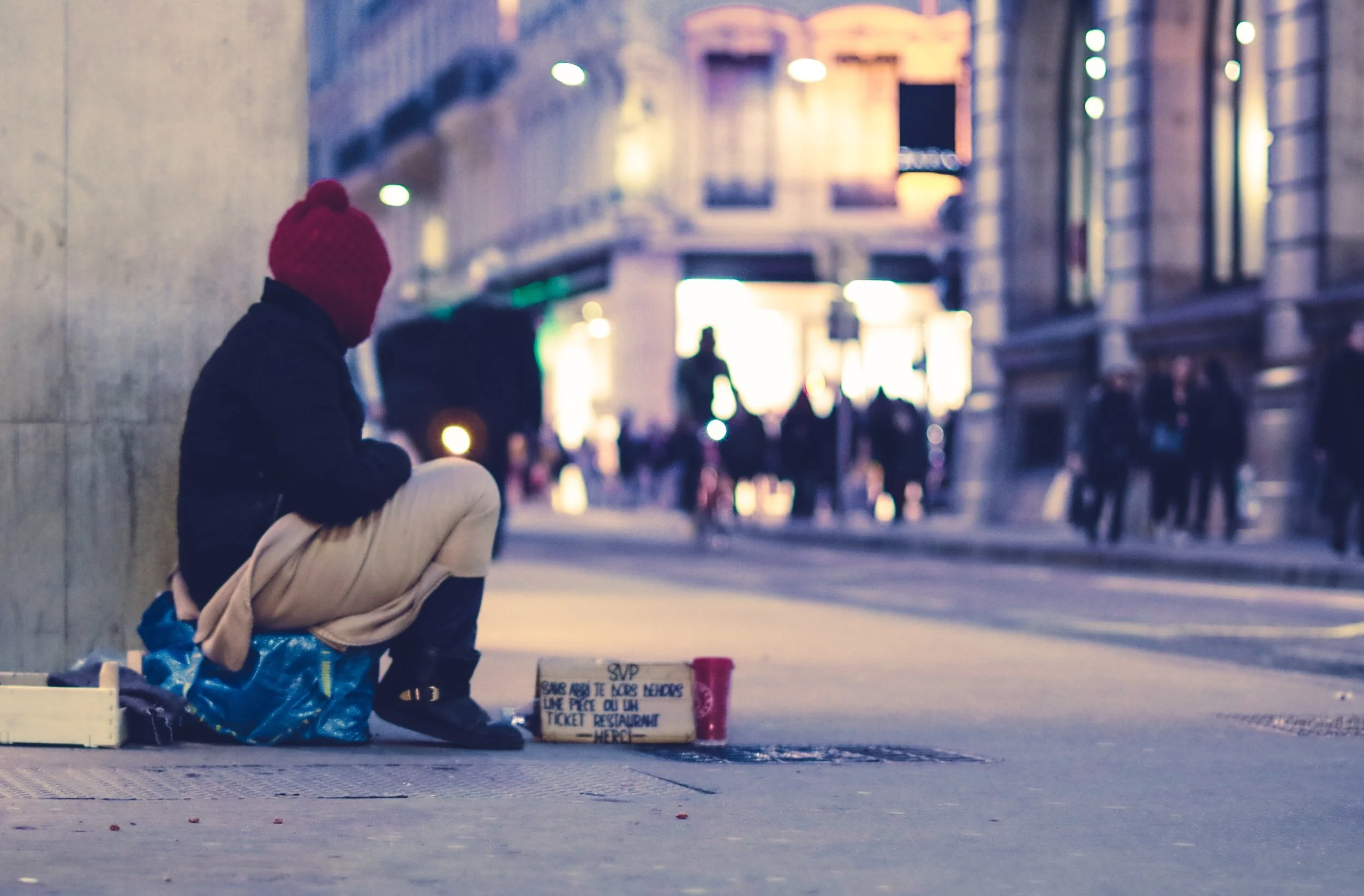The Complex Link Between Homelessness and Mental Health
An estimated 20 to 25 percent of the U.S. homeless population suffers from severe mental illness, compared to 6 percent of the general public.
The combination of mental illness, substance abuse, and poor physical health makes it difficult to maintain employment and residential stability.
Better mental health services would combat not only mental illness but homelessness as well.
This post was written by Lenni Marcus, Cameron Johnson, and Danna Ramirez.
For many Americans, the prospect of losing their homes and falling into uncertain housing situations became excruciatingly prescient during the economic downturn caused by the impact of the coronavirus outbreak. A 2019 study suggested that even at that time, 40 percent of Americans were already one missed paycheck away from poverty.
And though governmental policies have temporarily slowed or halted evictions in many places, many individuals and families are still at risk of homelessness, or have already fallen through the cracks. Few are on a path to financial recovery and the profound aftershocks of this crisis will be felt far beyond the upcoming months and may impact families and their mental health for years to come.
Many homeless people share similar experiences, but a substantial subgroup of the homeless population struggle with severe mental illness as well. Yet the resilience of this group is often understated. Some just need help accessing resources, including mental health services, to reach a stable housing and financial situation. To understand how to better provide resources to break the cycle of homelessness, it is important to understand the many factors that may contribute to their impoverished state.
Homelessness and Mental Health
The idea that mental illness alone causes homelessness is naive and inaccurate, for two major reasons. First, the overwhelming majority of those living with mental illness are not homeless (and studies have failed to demonstrate a causal relationship between the two).
These types of distortions can have dangerous implications, wrongly focusing the attention on the individual rather than on the institutions that perpetuate housing insecurity. As a result, the illusory division between the “mentally ill homeless” and the “non-mentally ill homeless” casts the former as more deserving of intervention and services and the latter as seemingly “unworthy” or “undeserving” of support.
Though there is no causal relationship between mental illness and homelessness, those who suffer from housing insecurity are struggling significantly, both psychologically and emotionally. The constellation of economics, subsistence living, family breakdown, psychological deprivation, and impoverished self-esteem all contribute to the downward cycle of poverty.
According to the Substance Abuse and Mental Health Services Administration (SAMHSA), in 2010, 26.2 percent of all sheltered persons who were homeless had a severe mental illness, and 34.7 percent of all sheltered adults who were homeless had chronic substance use issues. Of those who experience chronic/long-term homelessness, approximately 30 percent have mental health conditions and 50 percent have co-occurring substance use problems. Also, they typically endure traumatic experiences that could potentially lead to mental health struggles, and certain environmental factors may increase the likelihood that they encounter future traumas.
Over 92 percent of mothers who are homeless have experienced severe physical and/or sexual abuse during their lifetime, and about two-thirds of homeless mothers have histories of domestic violence. Mothers who are homeless have three times the rate of PTSD and twice the rate of drug and alcohol dependence of their low-income housed counterparts. Left untreated, these stressors can further damage their mental health, potentially triggering maladaptive coping and putting them at risk for future traumatic events.
Breaking the Cycle of Homelessness
Homelessness is a social problem with complex and multifactorial origins. It underlies economic , social , and biographical risk factors such as poverty, lack of affordable housing, community and family breakdown, childhood adversity, neglect, and lack of social support, to name a few. These factors contribute to the onset, duration, frequency, and type of homelessness amongst individuals of all ages.
About 3 percent of Americans experience at least one episode of homelessness throughout their lives. Many enter an unbreakable cycle of homeless living due to the lack of access to adequate resources.
There are many components involved in the healthy exit of homelessness, with two of the most important being housing and social support . Meaningful and sustainable employment is fundamental to creating and maintaining housing stability. At the same time, individuals experiencing homelessness face many barriers to finding and maintaining employment . Most organizations that provide brief employment interventions assist individuals with only their most immediate employment needs (e.g., resume preparing); frequently these have little or no beneficial effects.
More intensive interventions that include an educational and/or training component are effective for those who participate regularly. Connecting people experiencing homelessness with job training and placement programs provides them with the necessary tools for long-term stability and success.
Access to housing and effective employment programs alone do not address other issues, such as loneliness, social exclusion, or any psychological problems that might have emerged. Promoting social connections as part of the transition out of homelessness plays a major role in improving outcomes.
Social support is a multidimensional concept that is measured by the size of a social network, received social support, and perceived social support. Received and perceived social support can each consist of different components: emotional support (the expression of positive affect and empathetic understanding), financial support (the provision of financial advice or aid), and instrumental support (tangible, material, or behavioral assistance). Therefore, programs providing training in job and life skills should also address how to navigate through social networking and how to maintain healthy social relations.
Breaking the cycle of homelessness requires institutions and policymakers to focus their efforts on multifaceted programs that are as complex as the social problem itself.

